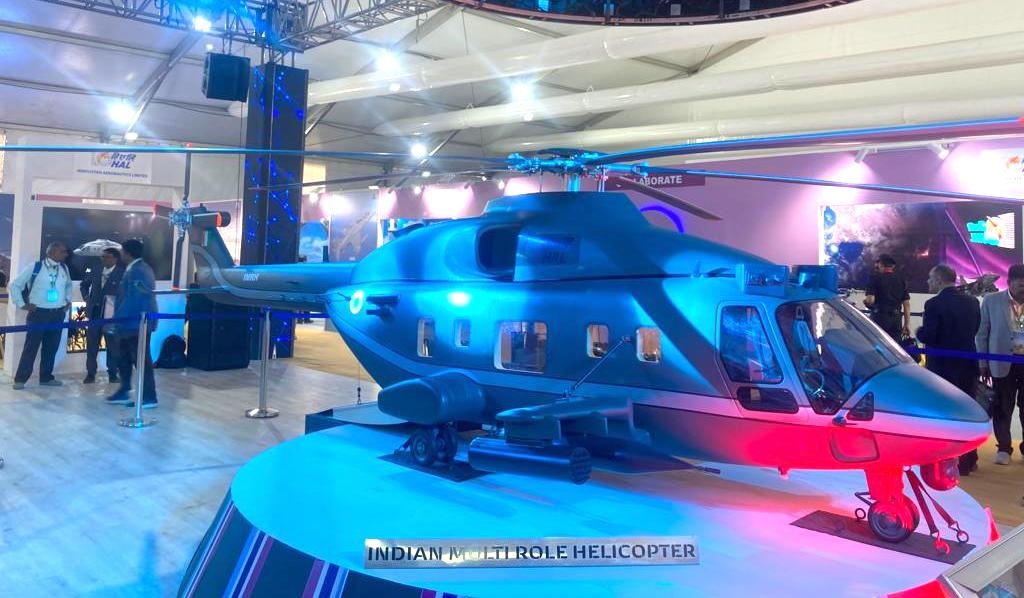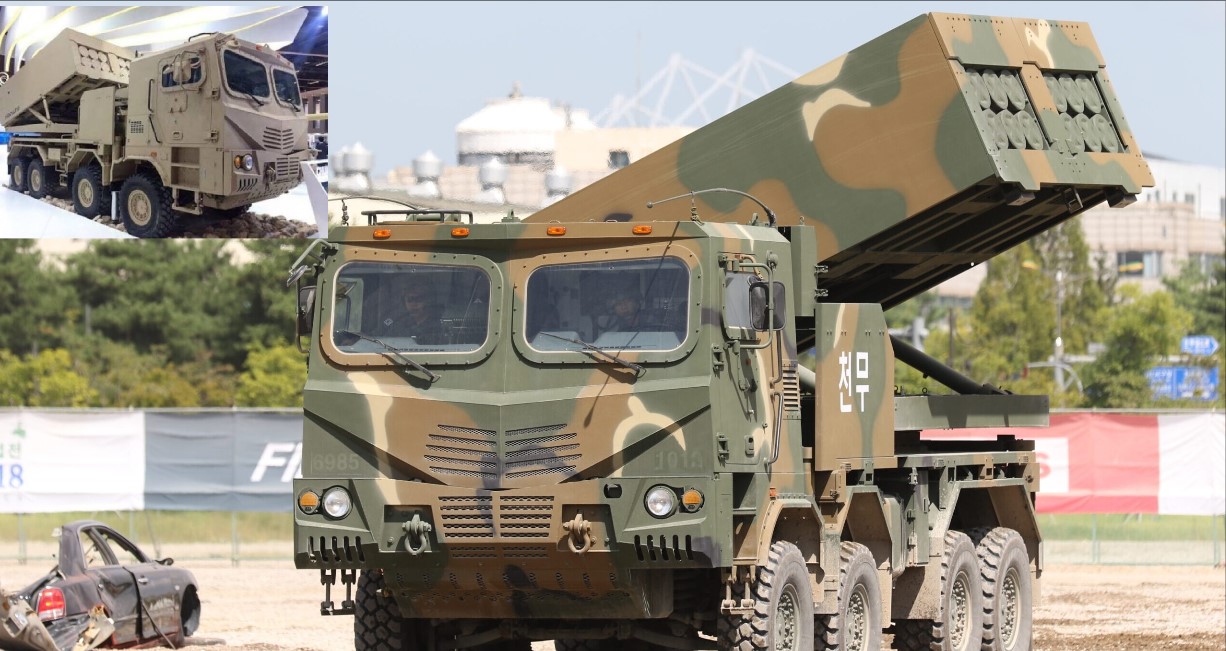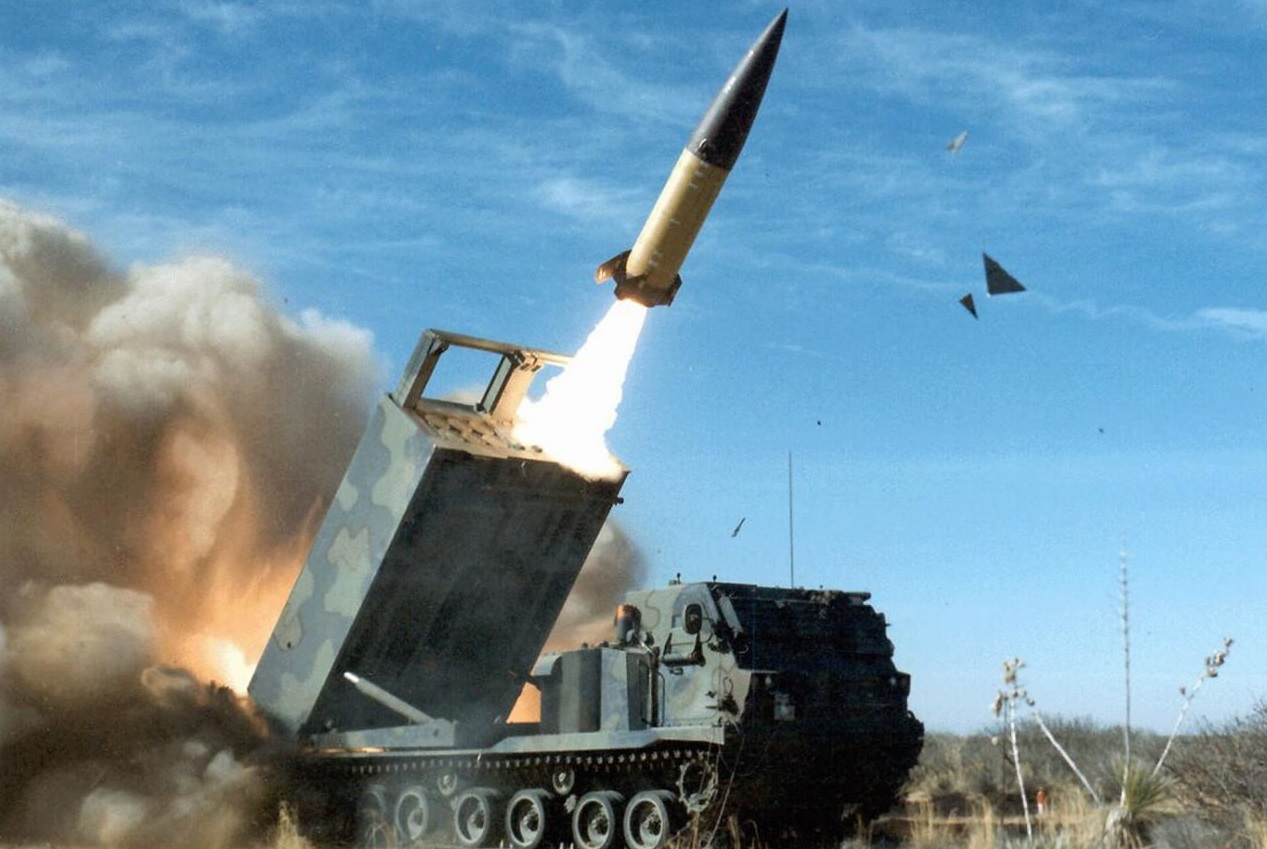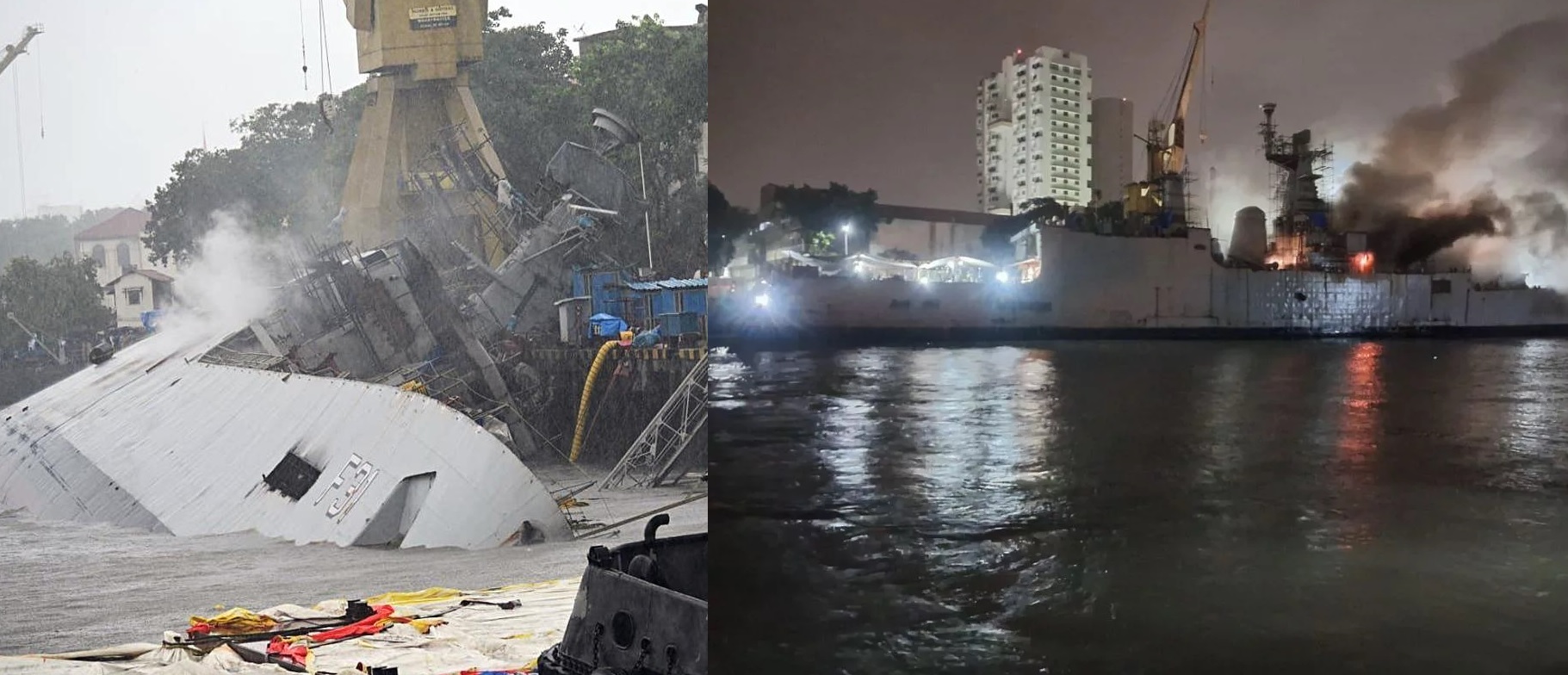HAL’s IMRH Helicopter to Feature Indigenous Aravalli Engine: First Prototype Expected by 2027

Hindustan Aeronautics Limited (HAL) is advancing in the development of its Indian Multi-Role Helicopter (IMRH), a bold step forward for India's aerospace industry. As part of this ambitious project, HAL has announced that the IMRH will feature the high-power Aravalli engine, developed in collaboration with SAFHAL Helicopter Engines, a joint venture with Safran Helicopter Engines. The IMRH, designed as a 13-ton medium-lift helicopter, promises to cater to the diverse needs of India’s defense forces while holding potential for civilian applications as well.
First introduced during Aero India 2023, the IMRH symbolizes India’s growing prowess in aerospace technology and its commitment to self-reliance under the "Atmanirbhar Bharat" initiative. The helicopter is expected to replace a range of aging rotorcraft currently used by the Indian Armed Forces, offering a domestically produced alternative with global-level capabilities.
The Aravalli Engine: A Leap Toward Self-Reliance
A standout feature of the IMRH will be the integration of the indigenous Aravalli engine. This engine represents a major milestone for India's aerospace engine technology, emphasizing fuel efficiency, performance, and reliability. Developed by SAFHAL Helicopter Engines Pvt. Ltd., the engine aims to eliminate dependence on foreign powerplants and marks a transformative step for Indian aerospace engineering. The Aravalli engine will initially be rolled out in later batches of the IMRH, with early prototypes expected to use existing Safran engines.
Multi-Mission Versatility and Advanced Features
The IMRH’s mission profile covers a broad range of operations, such as troop transport, logistics, medical evacuation, and search and rescue. Designed to perform in extreme environments, including high-altitude regions like the Himalayas, the helicopter will be equipped with advanced avionics and safety features. The IMRH will be able to transport up to 24 fully equipped soldiers or a significant cargo load, thanks to its 13-ton lift capability.
Beyond structural and aerodynamic enhancements, HAL has ensured that the IMRH's design is modular to allow for quick role changes. This versatility could extend the helicopter's utility to naval operations, where it could serve aboard warships as the Deck-Based Multi-Role Helicopter (DBMRH) variant, with design adjustments tailored to maritime conditions.
Domestic and International Market Potential
HAL envisions the IMRH as a contender in the international medium-lift helicopter market, competing with established players such as the Sikorsky S-92 and Airbus H225M. Drawing on the export success of its Dhruv Advanced Light Helicopter, HAL is optimistic about the IMRH's prospects, particularly in regions where affordability and performance make Indian platforms attractive.
Roadmap to 2027 and Beyond
HAL has set an ambitious timeline, with the first Ground Test Vehicle and prototype expected to be ready by 2027. Following extensive testing and fine-tuning, mass production will commence, aiming to meet both domestic demand and international interest. The integration of the Aravalli engine will be a game changer, as it gradually replaces the foreign engines in the initial production runs, making the IMRH a fully indigenous product.
The collaboration with SAFHAL not only aligns with India's defense self-reliance goals but also ensures that critical technologies remain within the country. With continued advancements and rigorous testing, HAL hopes that the IMRH will redefine India’s presence in the global aerospace market and enhance its strategic airlift capabilities.
This development sets the stage for an exciting new chapter in Indian aviation, where cutting-edge technology and strategic foresight are driving aerospace innovation.


